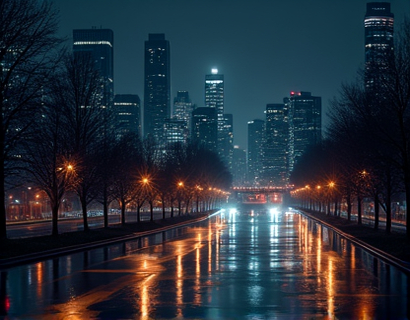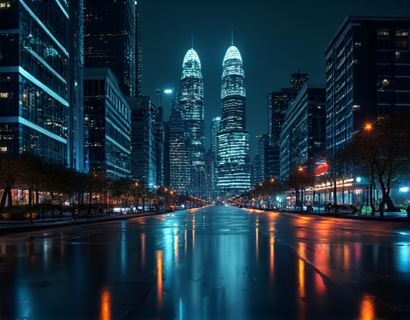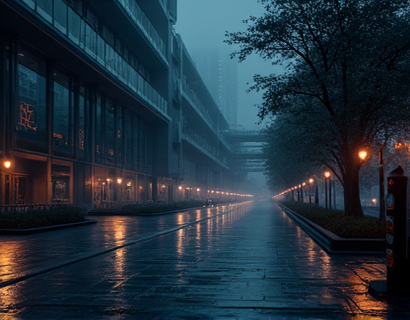Exploring the Ancient Indus Valley: A Traveler's Guide to Cultural Heritage and Hidden Gems
The Indus Valley, a cradle of one of the world's oldest civilizations, beckons travelers with its rich tapestry of history, culture, and natural beauty. Spanning across present-day Pakistan and northwestern India, this region offers a profound journey into the past, where ancient cities, intricate artifacts, and vibrant traditions come alive. This comprehensive guide aims to enrich your exploration by delving into the cultural heritage, historical landmarks, and practical travel tips, ensuring an unforgettable experience. From the bustling streets of modern cities to the serene ruins of bygone eras, the Indus Valley promises a journey through time.
Historical Background and Significance
The Indus Valley Civilization, also known as the Harappan Civilization, flourished around 2600 BCE to 1900 BCE. It is one of the world's earliest urban civilizations, alongside Mesopotamia and Ancient Egypt. The civilization is named after the Indus River, which flows through the heart of the region. The cities of Harappa and Mohenjo-Daro, both in present-day Pakistan, are the most famous archaeological sites, showcasing the advanced urban planning and sophisticated water management systems of the time.
The Indus Valley Civilization was characterized by its well-planned cities, standardized weights and measures, and a script that remains undeciphered. The people were skilled in metallurgy, pottery, and craftsmanship, producing intricate jewelry and tools. The civilization's decline around 1900 BCE is still a subject of debate among historians, with theories ranging from climate change to invasions by nomadic tribes.
Key Historical Landmarks
Visiting the historical landmarks of the Indus Valley is akin to stepping into a time machine. Here are some must-see sites that offer a glimpse into the grandeur of this ancient civilization.
Mohenjo-Daro: Located in the Sindh province of Pakistan, Mohenjo-Daro is one of the best-preserved cities of the Indus Valley Civilization. The Great Bath, a sophisticated water drainage system, and the Granary, a massive storage structure, are highlights. The city's grid layout and advanced sewage system demonstrate the advanced engineering skills of its inhabitants.
Harappa: Situated in Punjab, Pakistan, Harappa is another significant site. The site includes the Citadel, with its imposing platform and granaries, and the Lower Town, featuring residential areas and craft production zones. The Harappa Museum nearby provides valuable insights into the artifacts discovered during excavations.
Kalibangan: In the Rajasthan province of India, Kalibangan offers a unique perspective with its early evidence of wheel-made pottery and a well-planned city with a citadel and a lower town. The site also features a fire altars and a sophisticated drainage system.
Ahmadgarh Fort: While not strictly an Indus Valley site, the Ahmadgarh Fort in Gujarat, India, showcases the region's rich history. Built in the 16th century, the fort offers a blend of Mughal and local architectural styles and provides panoramic views of the surrounding area.
Cultural Heritage and Traditions
The cultural heritage of the Indus Valley extends beyond its archaeological sites, encompassing a rich tapestry of traditions, arts, and crafts that continue to influence the region today.
One of the most enduring legacies is the craftsmanship in pottery, metalwork, and jewelry. Local artisans in cities like Lahore and Multan in Pakistan, and Jaipur in India, continue to produce items that reflect the ancient techniques and designs. Visiting local markets and workshops offers a hands-on experience of these traditional crafts.
Music and dance are integral parts of the cultural fabric. The classical music of the region, including genres like Qawwali and Sufi music, has roots in ancient traditions. Dance forms such as Bhangra from Punjab and Garba from Gujarat are vibrant expressions of local culture. Attending a live performance or a cultural festival can provide a deep appreciation of these artistic traditions.
Cuisine is another area where the Indus Valley's influence is evident. Dishes like biryani, kebabs, and naan have their origins in the region's culinary history. Street food stalls and local restaurants serve a variety of dishes that reflect the diverse cultural influences. Trying local specialties and participating in a cooking class can be a delightful way to connect with the local culture.
Practical Travel Tips
Planning a trip to the Indus Valley requires some preparation to ensure a smooth and enriching experience. Here are some practical tips to consider:
First, the best time to visit the Indus Valley is from October to March, when the weather is mild and comfortable. Summers can be extremely hot, while winters can be cool, especially in the evenings.
When visiting archaeological sites, dress modestly and wear comfortable shoes. Sunscreen and a hat are essential to protect against the sun. Many sites have guided tours available, which can provide valuable context and insights. Consider hiring a local guide for a more personalized experience.
Transportation in the region is well-connected, with airports, trains, and buses linking major cities. Booking accommodations in advance, especially during peak travel seasons, is recommended. Options range from budget guesthouses to luxury hotels, catering to all preferences and budgets.
Health and safety are important considerations. Ensure you have all necessary vaccinations and carry a first-aid kit. Staying hydrated and using insect repellent can help avoid common issues. It's also a good idea to have travel insurance to cover any unforeseen circumstances.
Hidden Gems and Local Attractions
While the major sites are impressive, the Indus Valley also offers numerous hidden gems and local attractions that can make your trip truly memorable.
One such gem is the Taxila Museum in Pakistan, which houses an extensive collection of artifacts from the Indus Valley and other ancient civilizations. The museum provides a comprehensive overview of the region's history and culture.
The Rann of Kutch, a seasonal salt marsh in Gujarat, India, is a unique natural wonder. During the monsoon, it transforms into a vast expanse of white salt flats, creating a surreal landscape. The area is also known for its vibrant tribal culture and traditional salt-making processes.
For nature enthusiasts, the Cholistan Desert in Pakistan offers a different kind of beauty. This vast desert region is home to nomadic tribes and provides opportunities for camel safaris and stargazing due to its low light pollution.
In terms of local attractions, the Lahore Fort and Badshahi Mosque in Pakistan are must-visit landmarks. The fort, with its blend of Mughal and Islamic architecture, and the mosque, one of the largest in the world, are testaments to the region's rich history.
The Gujarat Tourism Development Corporation offers boat rides on the Narmada River, providing a serene and picturesque experience. The surrounding areas are known for their serene beauty and local festivals, offering a glimpse into rural life.
Conclusion
The Indus Valley is a treasure trove of history, culture, and natural beauty, offering a journey that is both educational and deeply enriching. From the ancient cities that once thrived along the Indus River to the vibrant traditions that persist today, every aspect of this region tells a story. By following this guide, travelers can uncover the hidden gems and local attractions that make the Indus Valley an unforgettable destination. Whether you are a history buff, a culture enthusiast, or a nature lover, the Indus Valley has something to offer everyone.










































